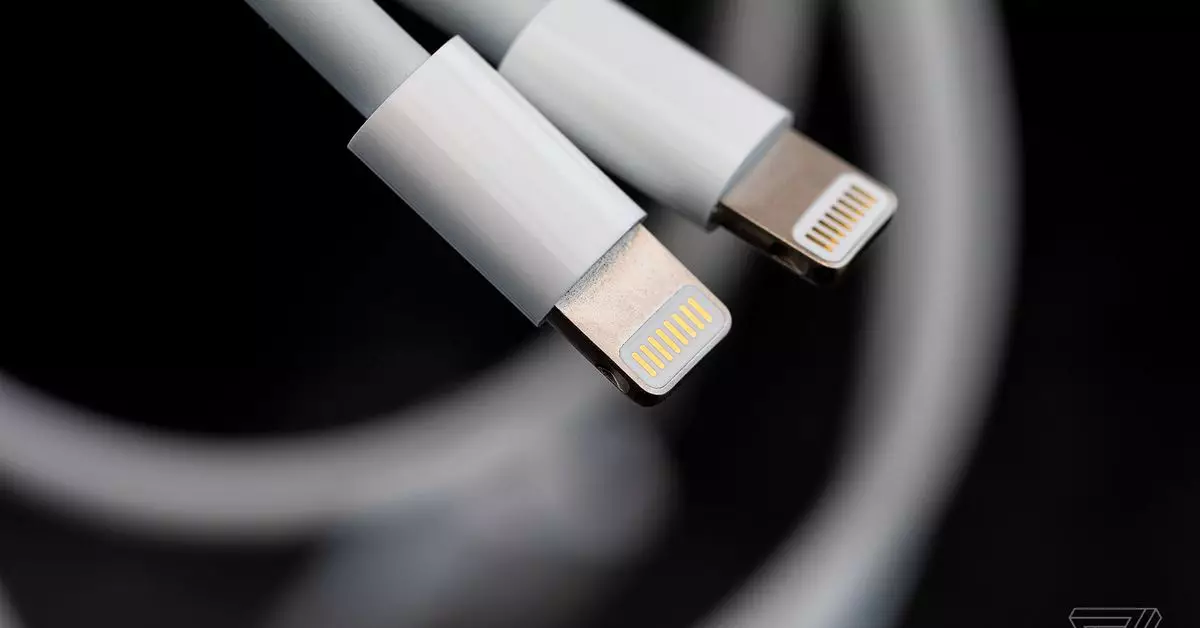In a significant move towards sustainability, the European Union has mandated a shift from proprietary charging ports to a universal USB-C standard. This regulation, known as EU Directive 2022/2380, aims to tackle e-waste, one of the fastest-growing environmental issues of our time, while simultaneously simplifying the charging experience for consumers. The decision marks a pivotal moment in the tech industry, impacting a range of devices from smartphones to many electronic gadgets sold across Europe.
Apple’s decision to discontinue the sale of its iPhone SE and iPhone 14 series within the EU represents the end of its proprietary Lightning port era. Devices relying on this charging system have been a staple of the company’s strategy for years; however, with this regulatory shift, Apple is facing significant pressure. Reports indicate that these models have been pulled from stores in countries such as The Netherlands, France, and Germany, while they remain available for purchase in regions outside the EU. This selective availability highlights Apple’s challenge in navigating different regulatory landscapes while maintaining its market presence.
The introduction of USB-C is aimed at addressing two primary concerns: environmental impact and consumer convenience. With a standardized charging solution, the EU hopes to minimize e-waste by reducing the number of obsolete chargers that end up in landfills. Additionally, consumers benefit from the practicality of using a single charger across multiple devices, eliminating clutter and enhancing usability. Furthermore, the Directive stipulates that devices with fast-charging capabilities must adhere to the USB Power Delivery (USB PD) standard, ensuring efficient energy consumption and faster charging times.
Looking ahead, the expectation of a new iPhone SE equipped with a USB-C port and advanced features, such as an OLED display, has created buzz among tech enthusiasts and consumers alike. Slated for release in 2025, this device could mark a new chapter for Apple as it aligns with EU regulations while providing users with enhanced functionality. This anticipated evolution not only showcases Apple’s adaptability but also underscores the potential of USB-C to become an industry standard across various technology sectors.
As the EU implements this regulation, the tech industry stands at a crossroads. Companies must adapt to this new environment that prioritizes sustainability and consumer-friendly practices. While Apple’s transition away from the Lightning port may seem challenging initially, it ultimately paves the way for a more integrated and environmentally conscious marketplace. This evolution demands innovation and flexibility from manufacturers, compelling them to embrace change and prioritize sustainable development. As consumers, we must be prepared for this transition, recognizing its potential for creating a healthier planet and a more streamlined technological experience.

